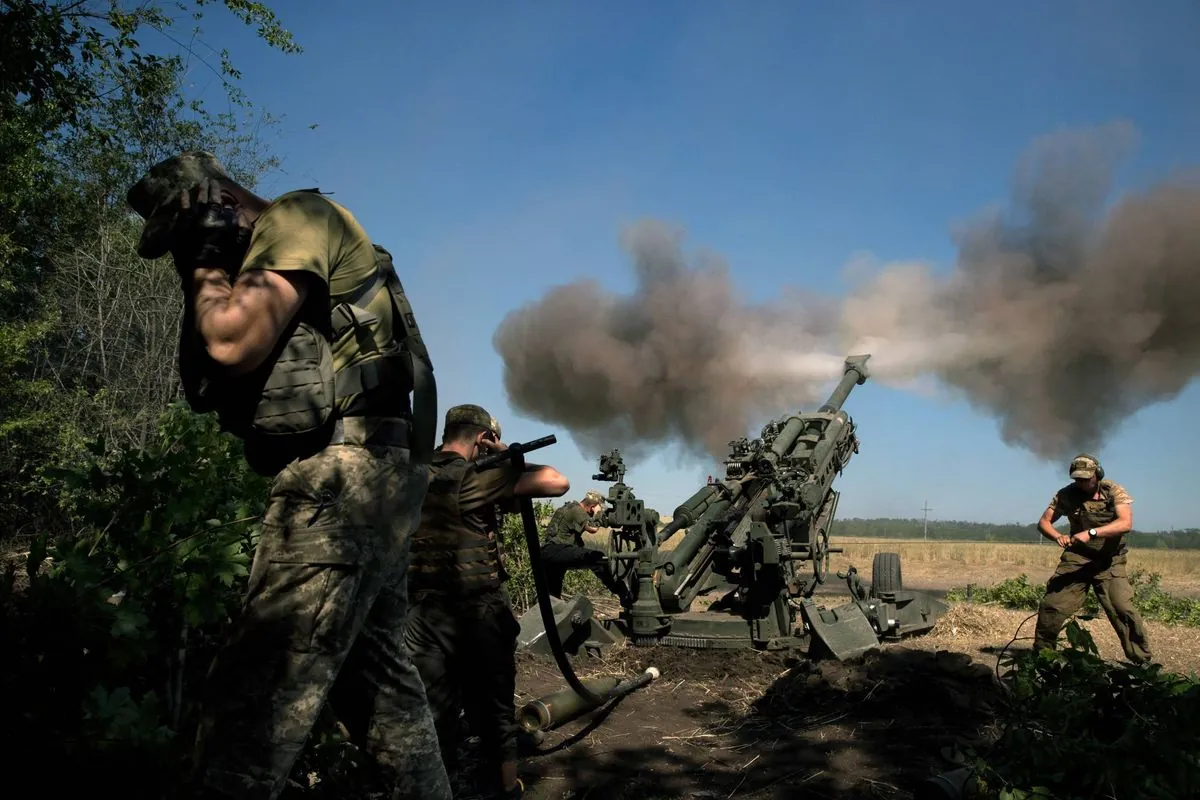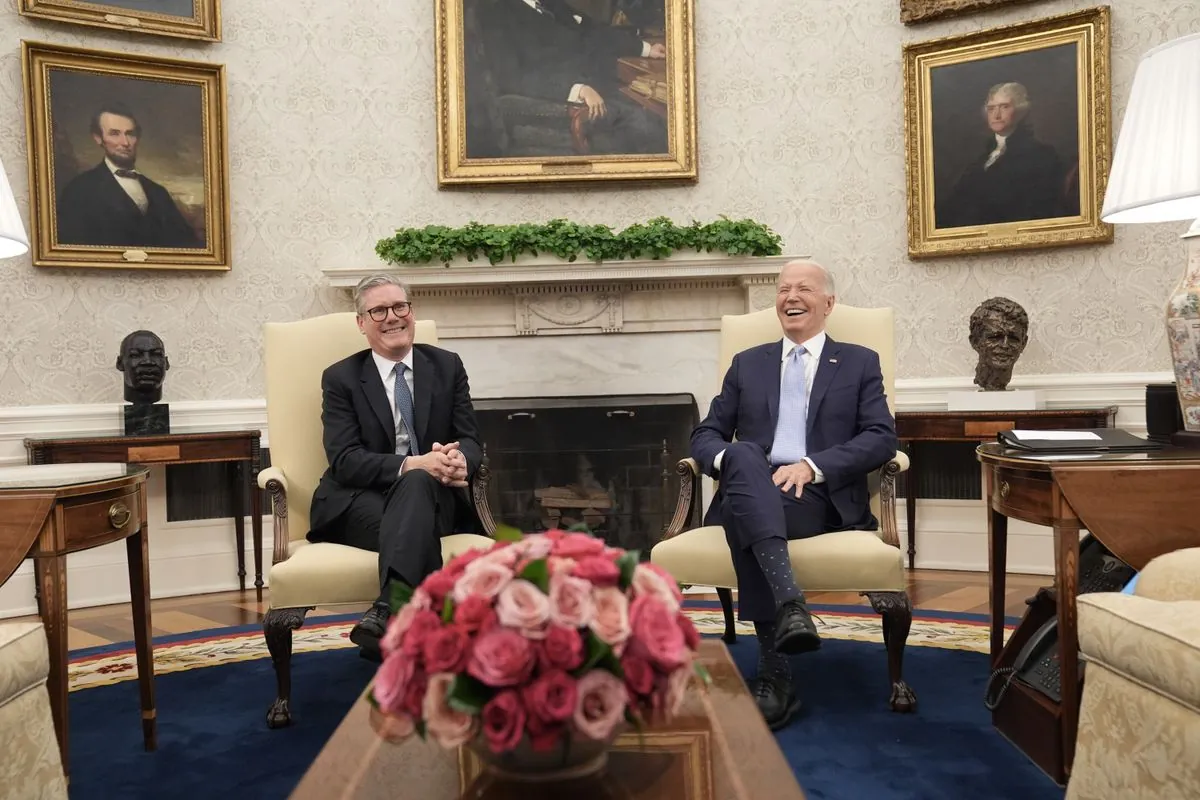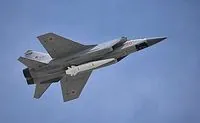Norway Boosts Ukraine's Artillery Independence with Crucial Tech Transfer
Norway agrees to transfer artillery production technology to Ukraine, enhancing its self-sufficiency in the ongoing conflict. This move addresses critical ammunition shortages and reduces dependence on foreign aid.

The Norwegian government has recently approved a significant agreement to transfer artillery production technology to Ukraine, marking a crucial step towards enhancing Ukraine's military self-reliance. This deal, involving the Norwegian firm Nammo and a Ukrainian consortium, addresses one of Ukraine's most pressing challenges as the conflict with Russia enters its third year.
The transfer focuses on precision tooling for manufacturing 155-millimeter shells, the standard NATO caliber. This development is particularly noteworthy as Ukraine transitions from Soviet-era 122mm and 152mm artillery systems to NATO-standard equipment. The shift to 155mm artillery offers several advantages, including improved range and explosive power, with modern systems capable of striking targets over 40 kilometers away.

Ukraine's journey towards artillery independence began with the development of the 2S22 Bohdana, a domestically designed 155mm self-propelled howitzer. Named after the 17th-century Cossack leader Bohdan Khmelnytsky, this 28-ton wheeled artillery piece narrowly escaped destruction during the initial Russian advance. As of late 2023, Ukrainian President Volodymyr Zelensky announced that six Bohdana units were being produced monthly at the Kharkiv plant.
However, ammunition production has been a critical bottleneck. In 2021, Ukraine's main ammunition producer, Artem, was manufacturing a mere 14,000 rounds annually – insufficient for even a week of intense combat in the current conflict. The situation became dire when Russia-friendly US lawmakers blocked aid for six months, leading to a severe ammunition shortage by mid-February 2024. This crisis forced Ukrainian forces to retreat from the strategic city of Avdiivka, resulting in significant territorial losses.
The Norwegian technology transfer aims to address this vulnerability. While it will take time to establish and expand the new production facilities, this move represents a significant step towards reducing Ukraine's dependence on foreign ammunition supplies. The United States, for comparison, is ramping up its 155mm shell production to 720,000 per year, which still falls short of Ukraine's estimated annual requirement of two million rounds.
"Ukrainian artillery units are completely short of ammunition and front-line troops are at high risk of operational failure."
This prescient warning from the Jamestown Foundation, established in 1984 to support Soviet defectors, underscores the long-standing nature of Ukraine's artillery challenges. The current efforts to boost domestic production are crucial for Ukraine's defense strategy, often referred to as the "King of Battle" since World War I due to its battlefield importance.
While Ukraine will continue to require allied support for the foreseeable future, the Norwegian deal marks a significant milestone in its quest for military self-sufficiency. As the global artillery market expands due to increased defense spending, Ukraine's growing domestic capabilities may also position it as a potential future exporter of artillery systems and ammunition.


































